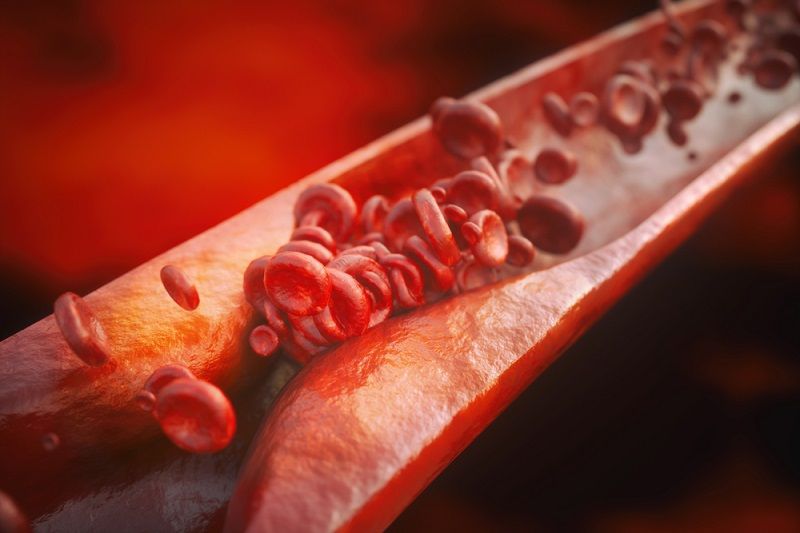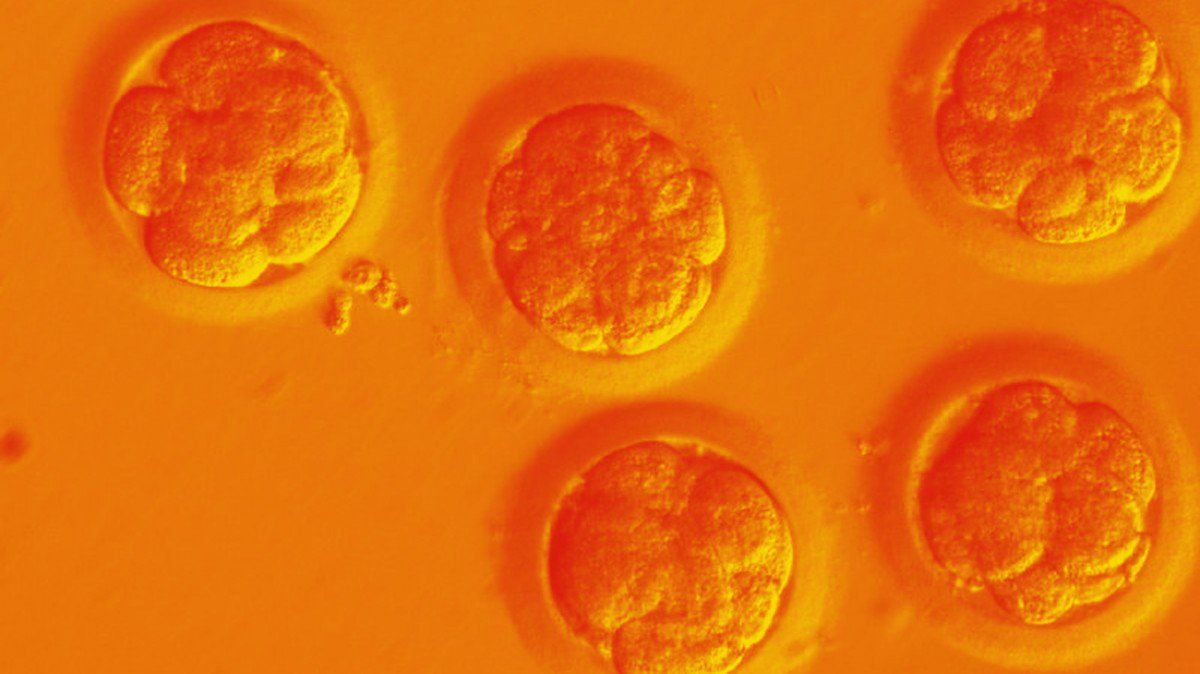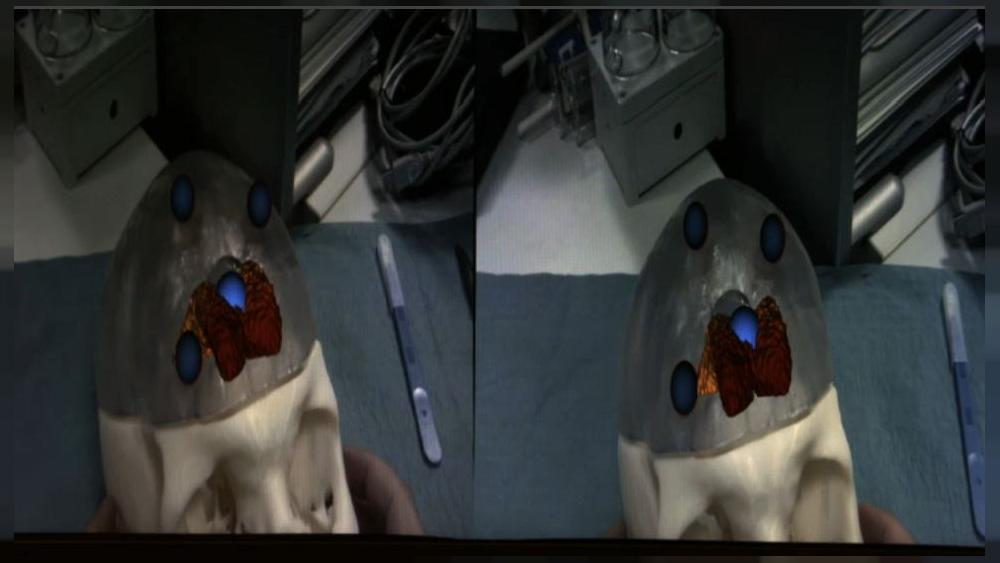All brain cells ‘air-kiss’ before they come together to form a final synaptic relationship, new research by University of Kent scientists has revealed.
The breakthrough study reveals that molecular signaling within the brain operates in a very different way to previously thought, with cells now found to use the same pair of molecules for both distant and close contacts.
The research, by a team led by Professor Yuri Ushkaryov of the University’s Medway School of Pharmacy, may lead to a much better understanding of how neurons send messages to distant parts of the brain or other organs in the body, such as muscle cells.








